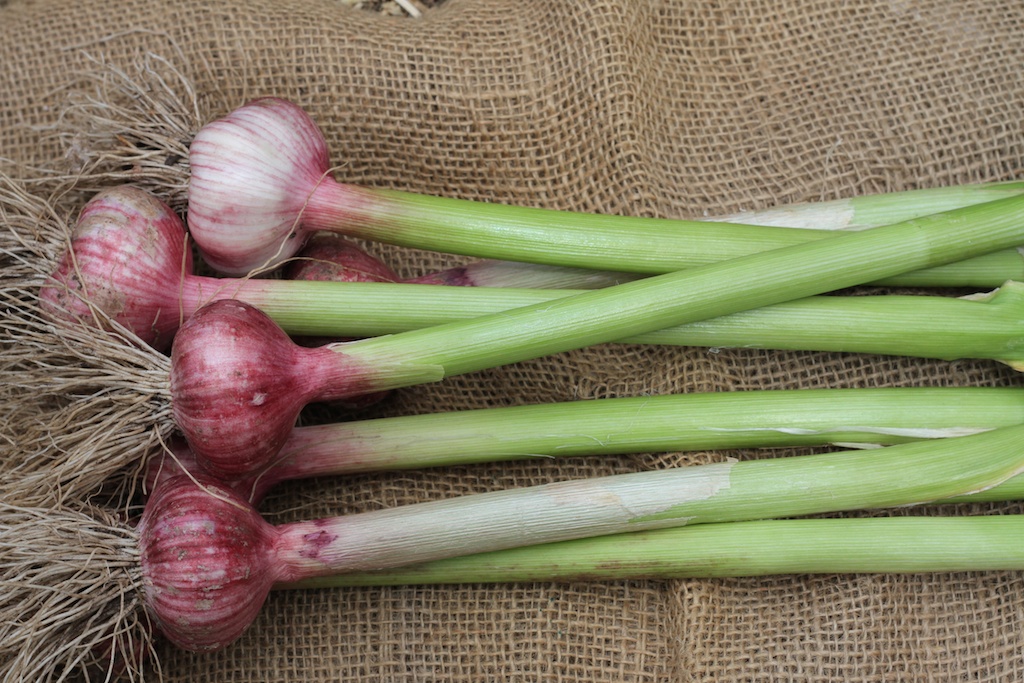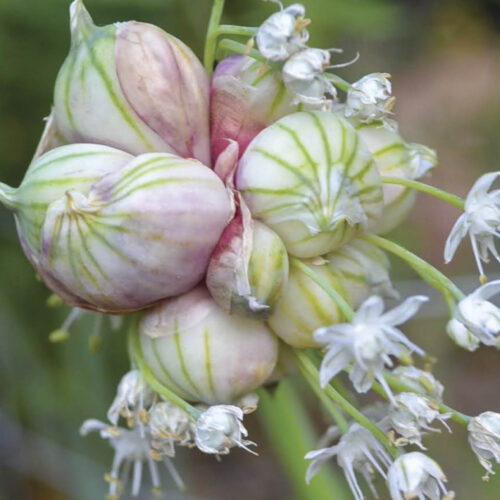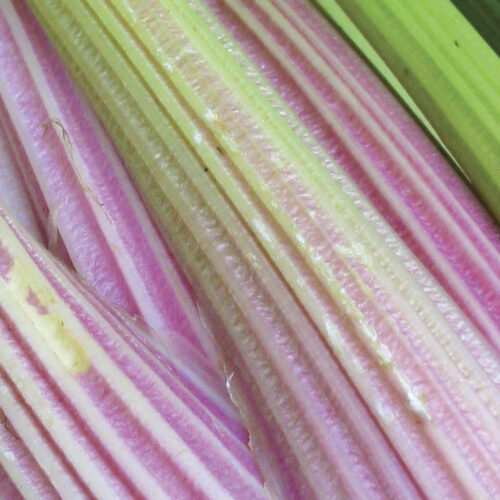Planting garlic
2014-04-25T23:37:23+10:00
Garlic is easy to grow says Penny Woodward and it’s not too late to plant it.
In most states you have another couple of weeks to get your garlic into the ground. Make sure the garlic you want to plant comes from an organic supplier or market gardener, as supermarket garlic is often sprayed with sprout inhibitors to prolong storage life. Unfortunately this means that cloves don’t spout at the right time and this often results in them rotting in the soil.
Garlic likes well-drained soil with lots of organic matter but not too much nitrogen. If your soil is acidic then add some lime and make sure your garlic patch is in full sun.
When you are ready to plant, crack the garlic bulbs into the individual cloves and plant the biggest cloves. If you are planting a softneck with lots of small internal cloves, don’t bother planting these cloves as you will probably end up with rounds instead of bulbs. A round is one single solid bulb, instead of one being made up of cloves. Rounds are still delicious to eat, or can be replanted the following year and will then produce and bulb with cloves. You may also get rounds if you plant too late in the season, which is why you need to get your garlic in now!
Plant your cloves about 2cm deep. If you are in a really cold climate go a little deeper. If you are going to mulch you can plant just under the soil. Make sure the base plate points down and the pointy growing tip points up. Space the cloves 15–20cm apart in both directions. Cover the cloves with soil, sprinkle some blood and bone or other slow-release organic fertiliser over the top and water well. Don’t water again until the cloves have sprouted.
I always mulch my garlic, adding about 5cm of open mulch either just after I have planted and watered, or waiting until the green shoots appear and then mulching. If it looks like a wet autumn then I wait and mulch once the cloves have sprouted. The rain can cause the mulch to matt, making it more difficult for the shoots to push through. Mulching not only helps to retain moisture in the soil, but more importantly keeps weeds under control. Garlic hates having to compete with weeds.
Once this is done, just sit back and watch your garlic grow. Top dress again with a bit of blood and bone in late winter, and water with seaweed extract every couple of weeks from mid-winter onwards, alternating with dilute fish emulsion every other fortnight. In seven months start checking your garlic and looking to see if it’s ready to harvest and cure. This leaves you with plenty of time to contemplate eating your own spicy fragrant garlic.
If you are fascinated by garlic, or are thinking of growing garlic for sale (you don’t need much space to grow a commercial crop), you might want to come along to the Australian Garlic Industry Association (AGIA) seminar from 4–6 August in Albury. Here you can not only learn from experts how to identify, grow and market garlic, but also chat to other growers and enthusiasts over dinner or a cuppa. To find out more go to the AGIA website and click on the link on the home page.






